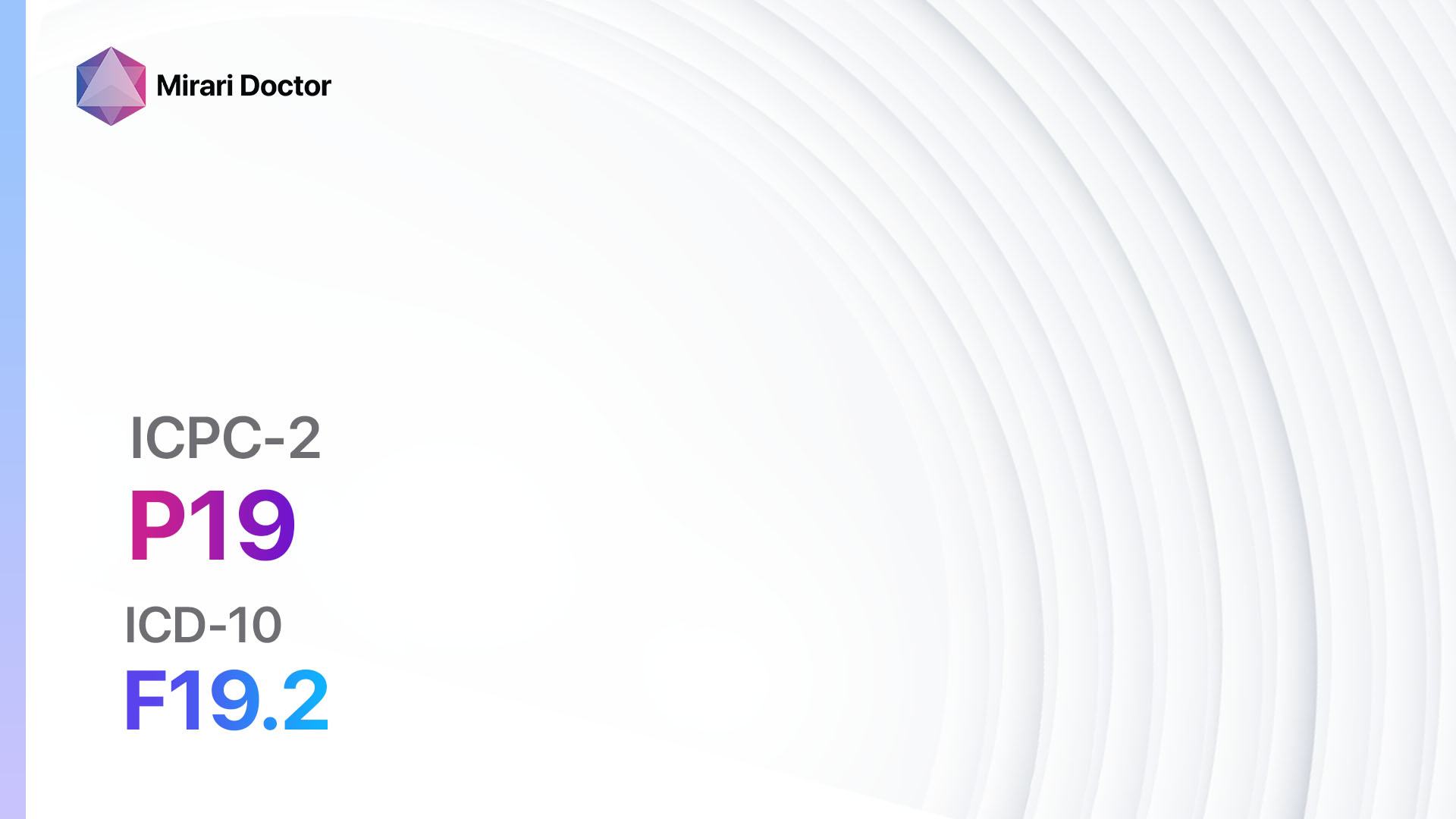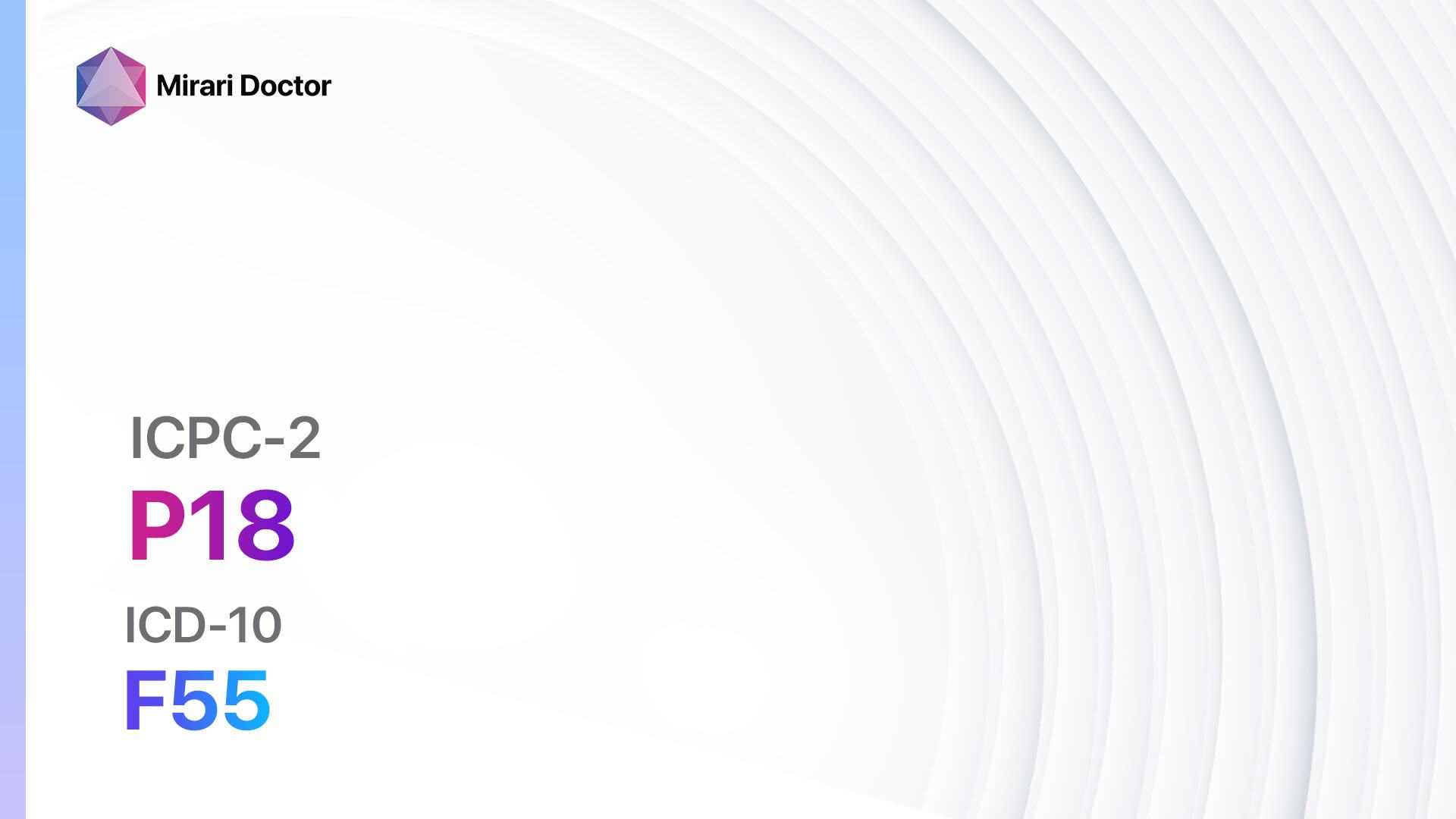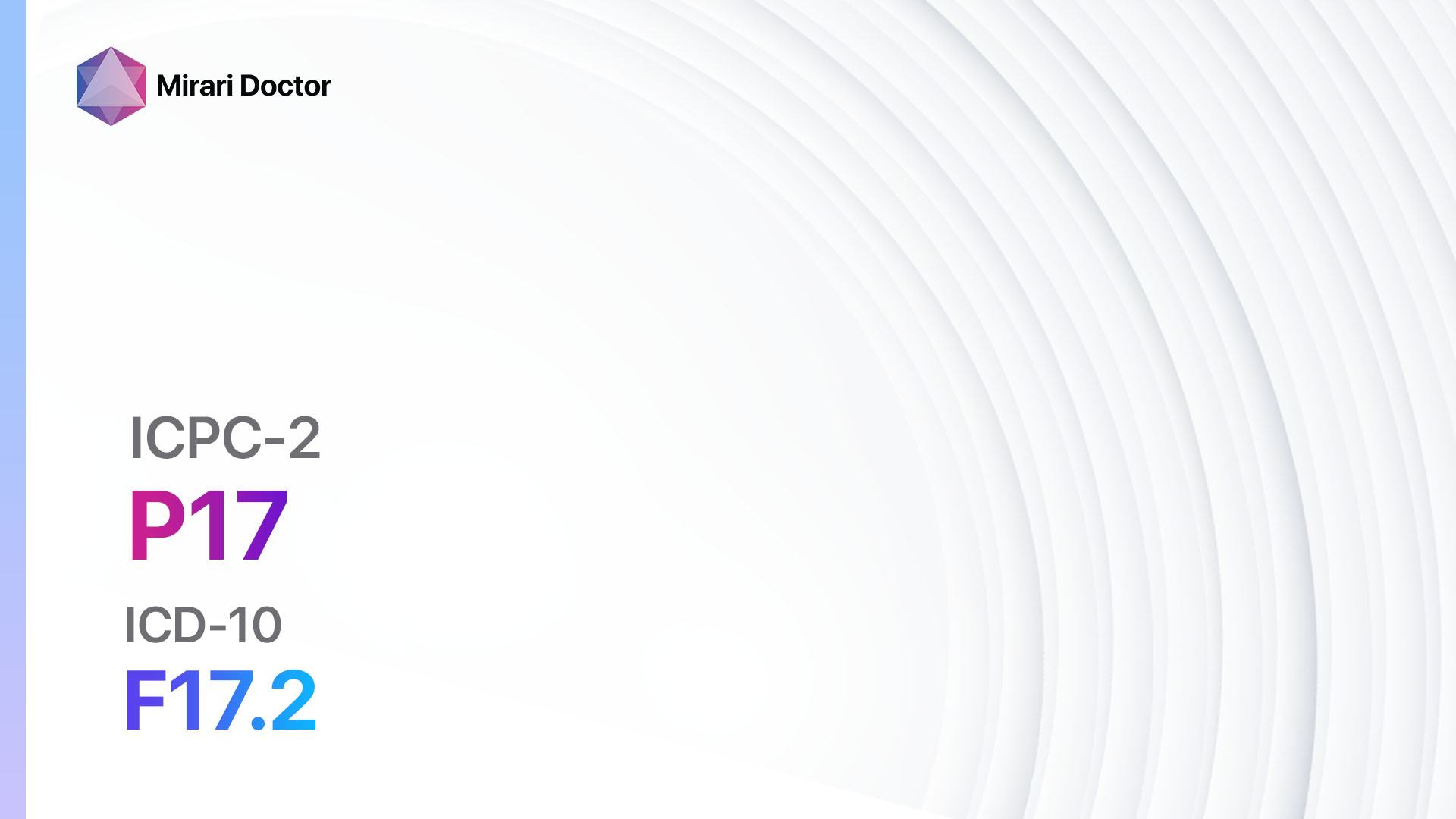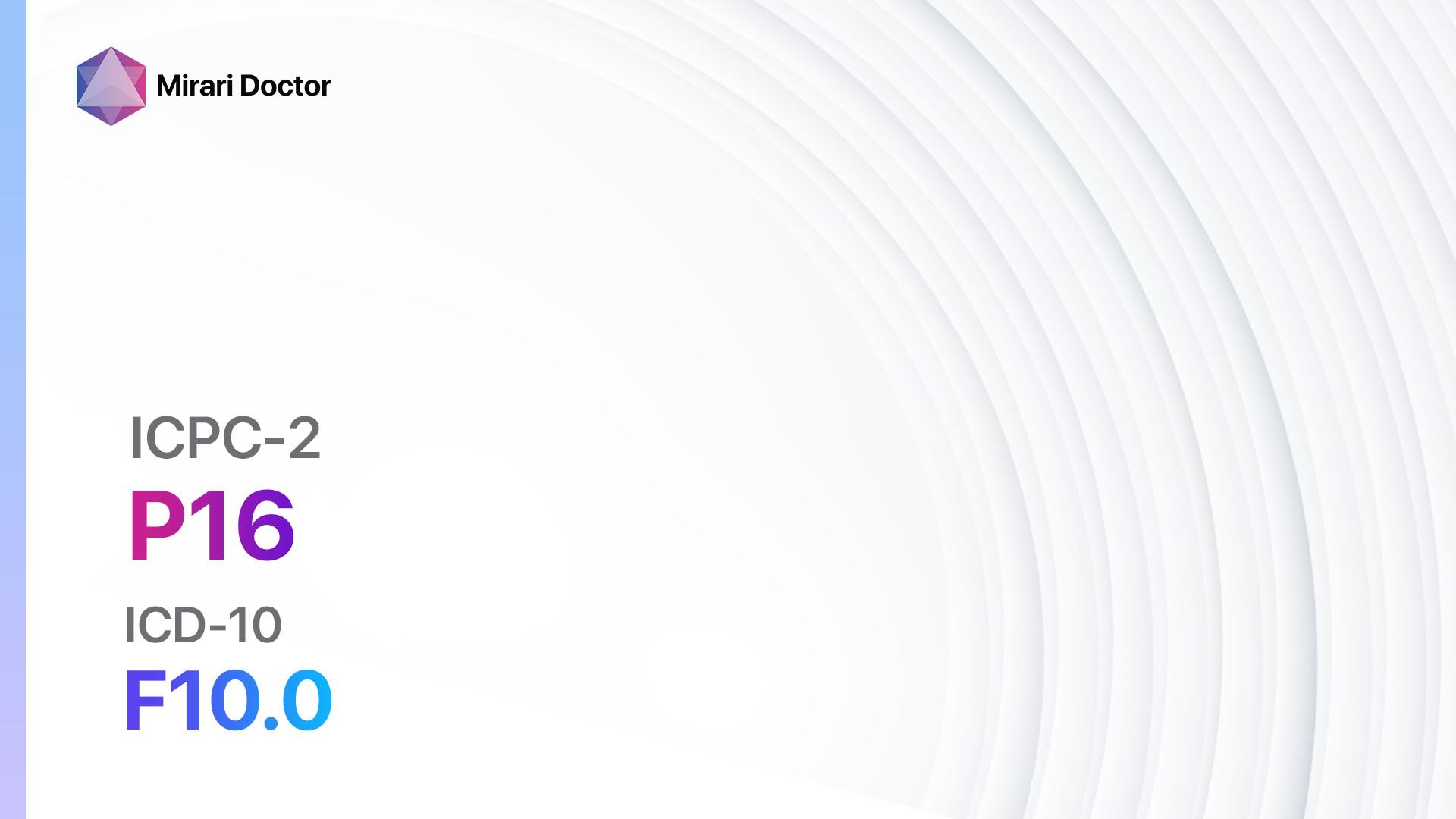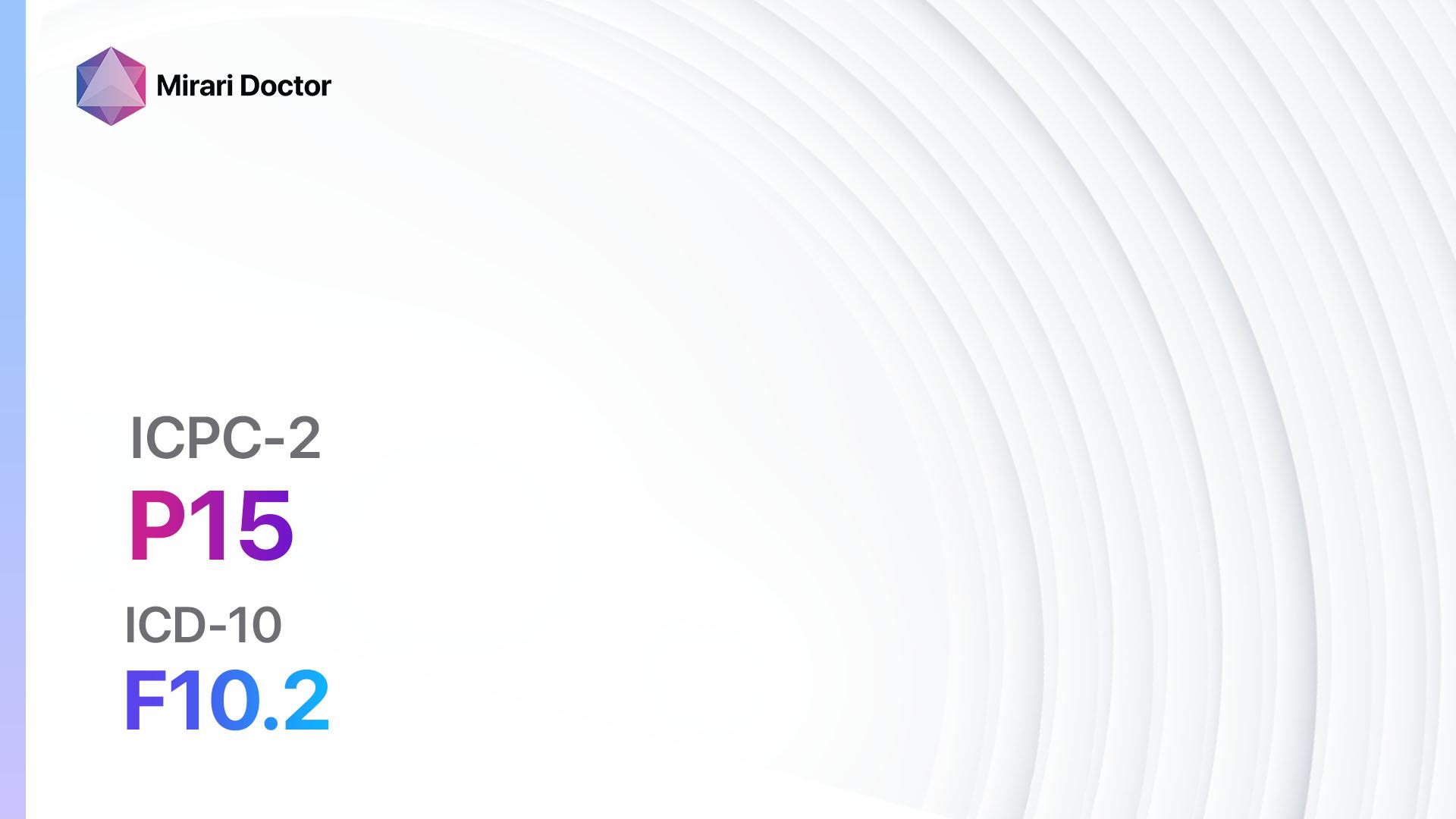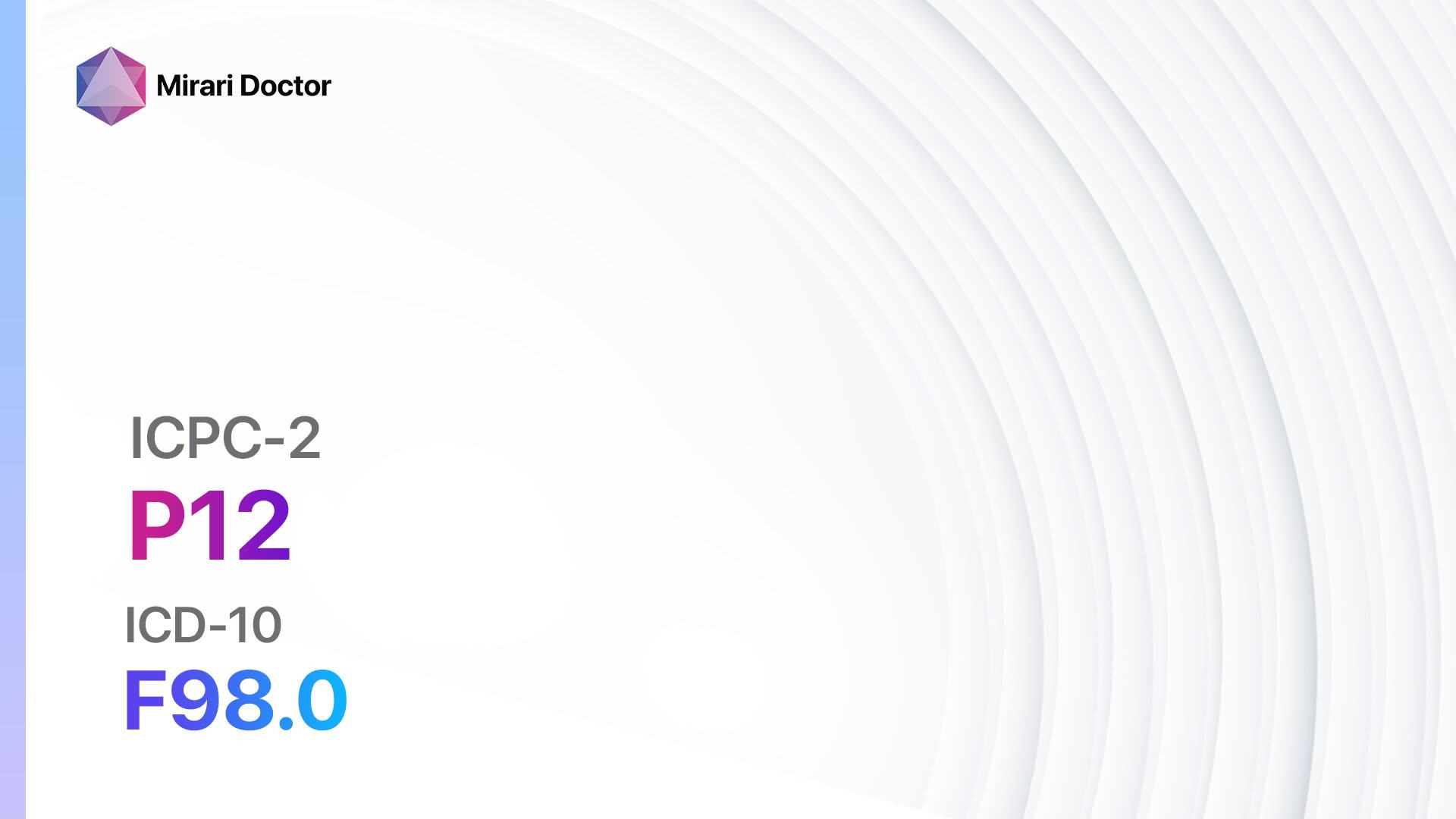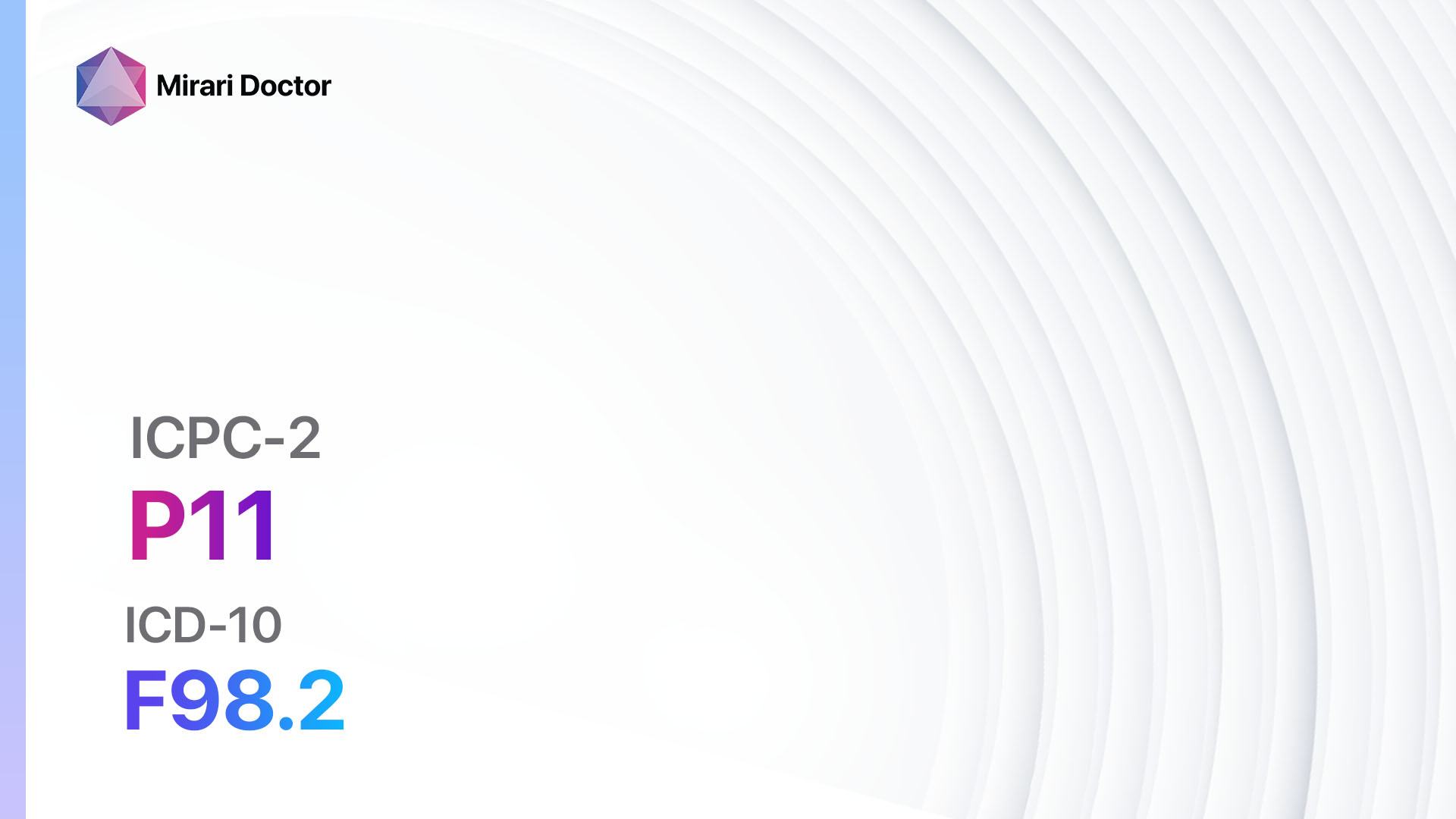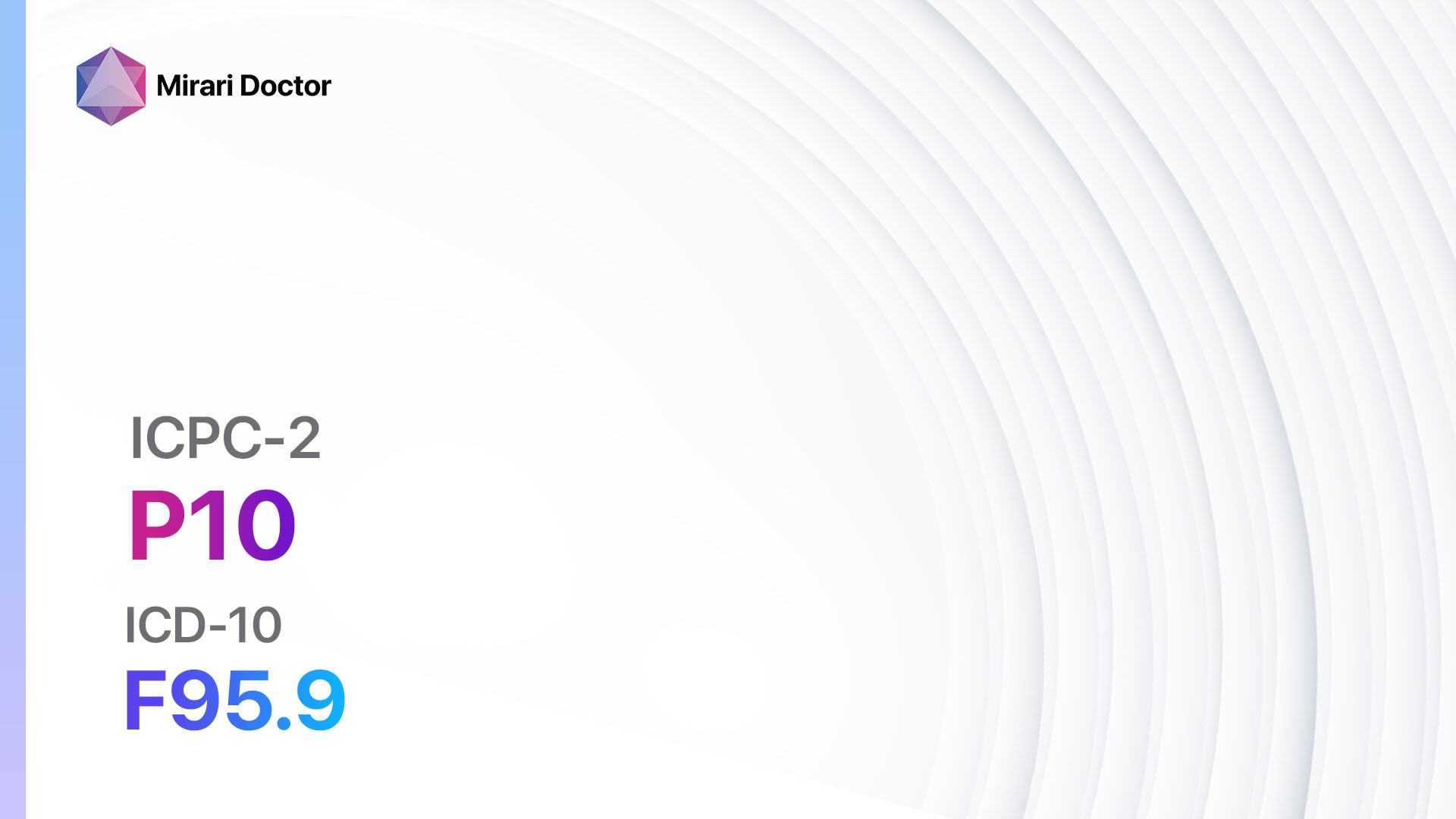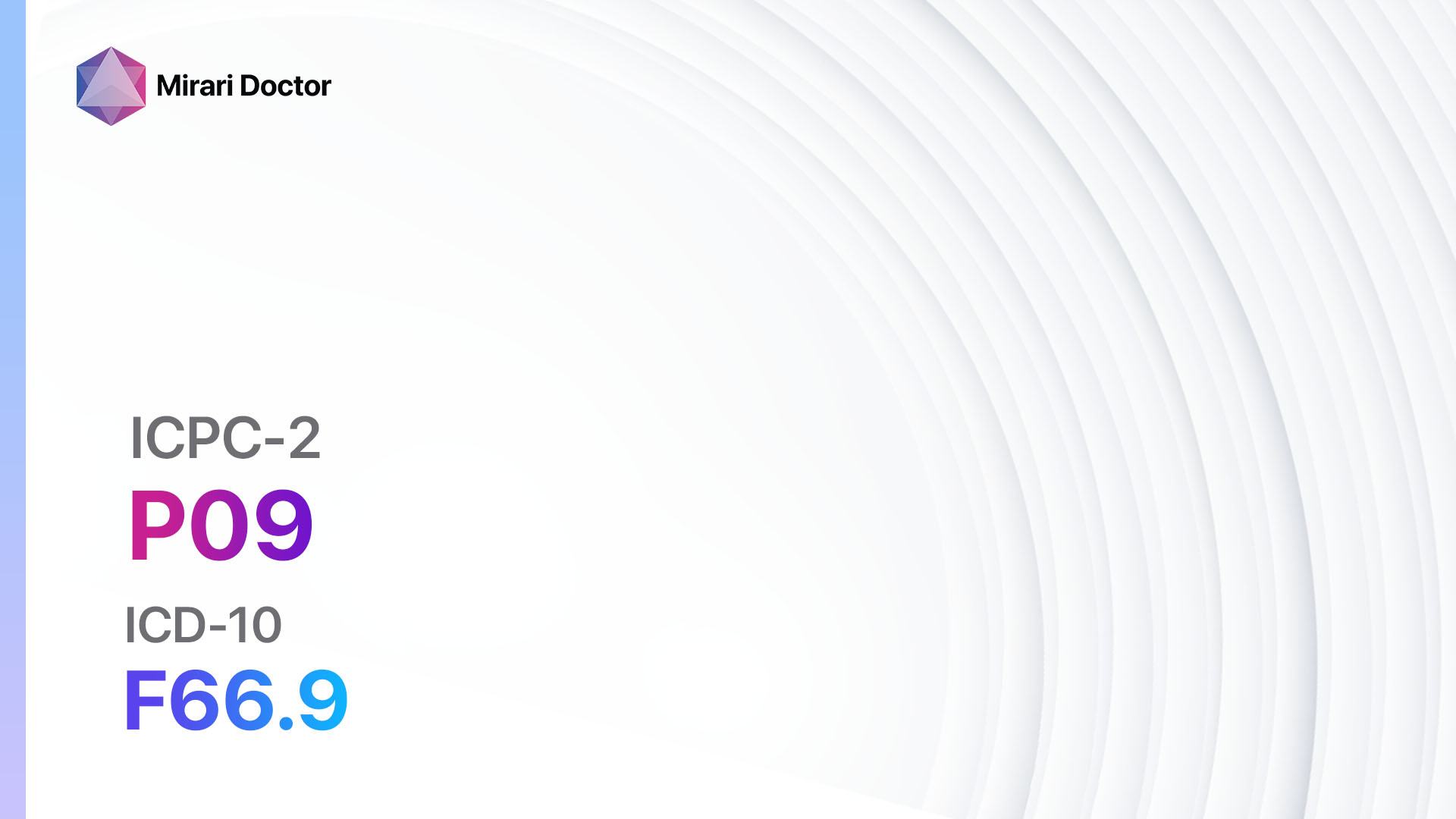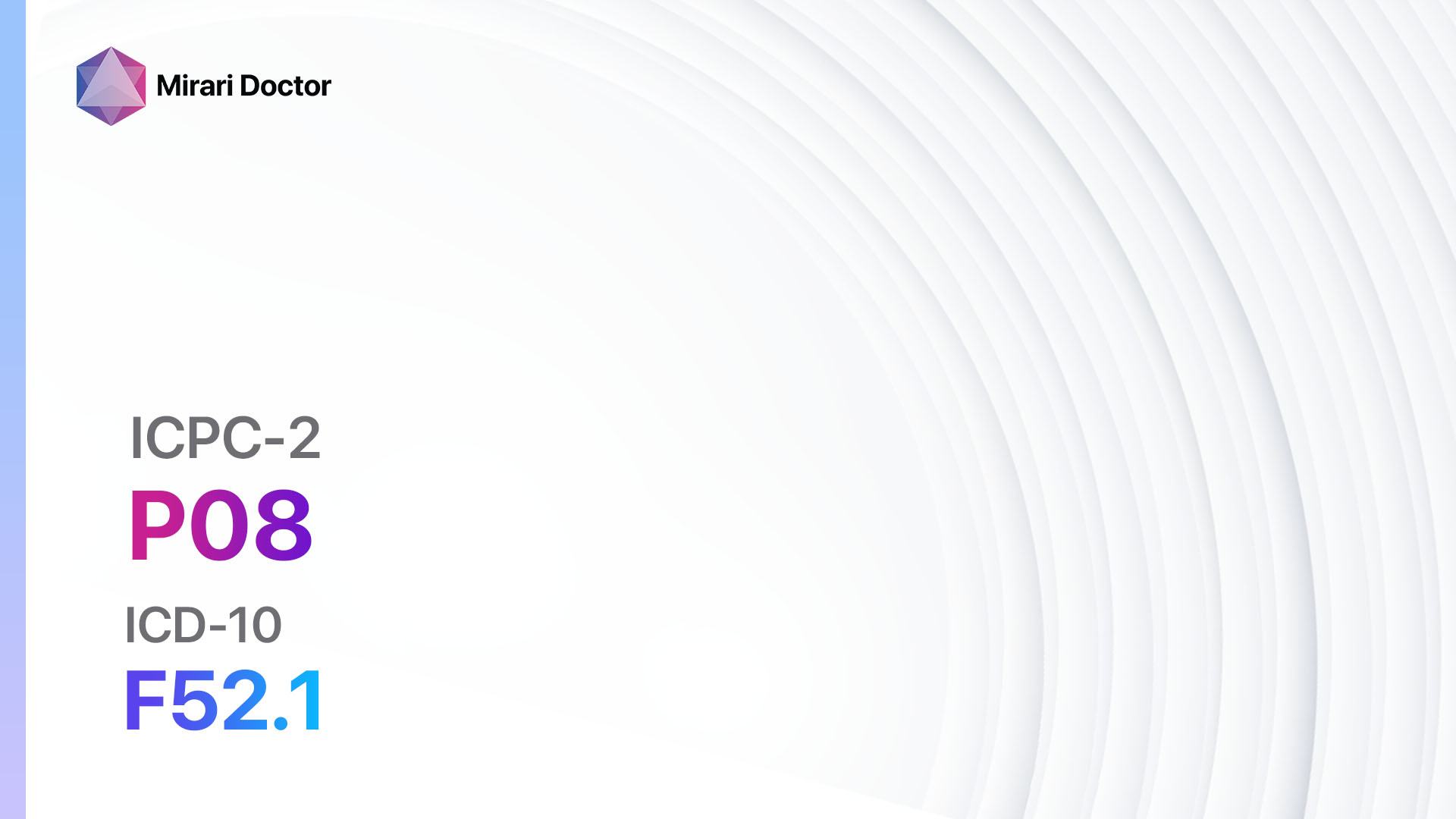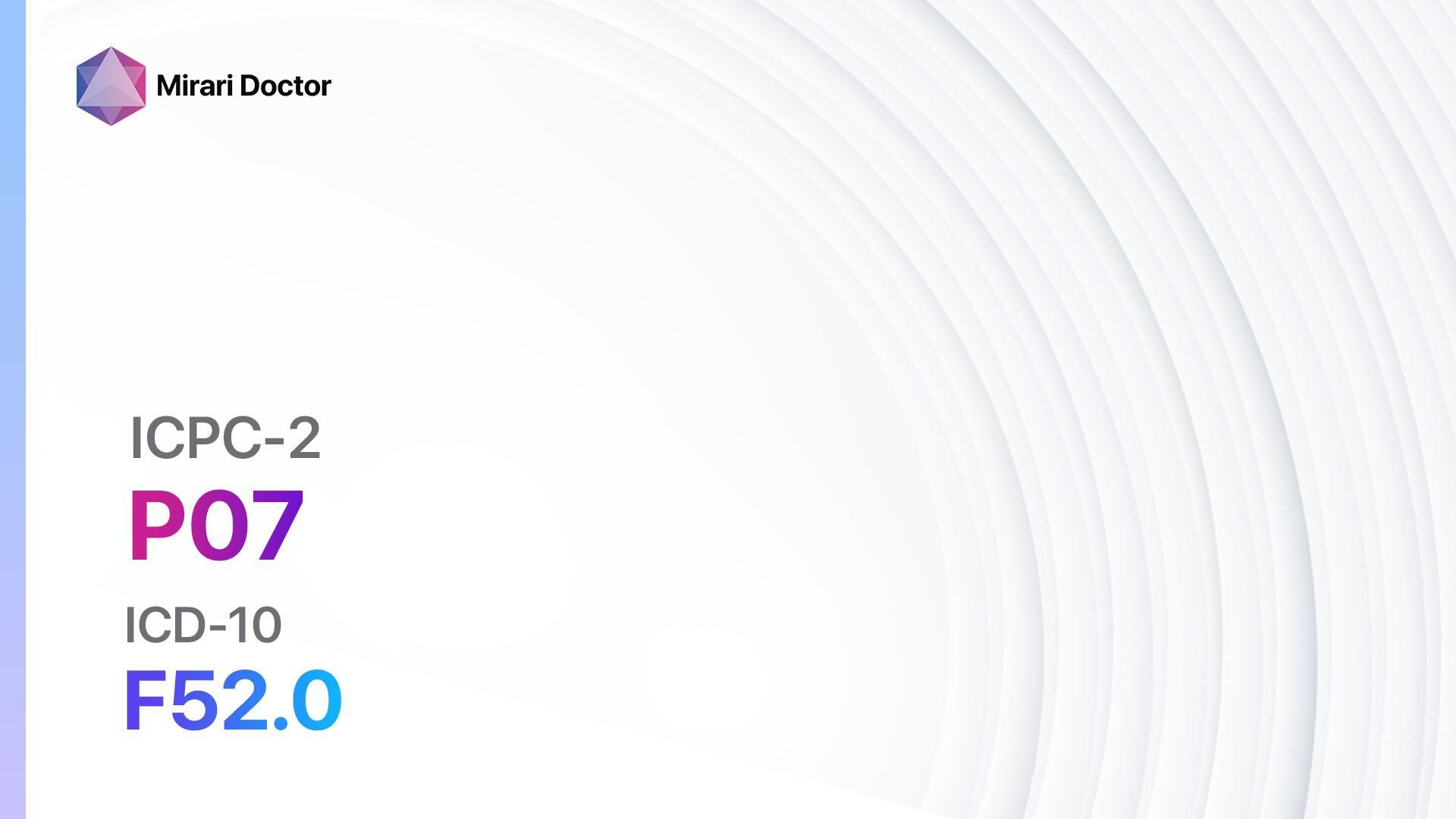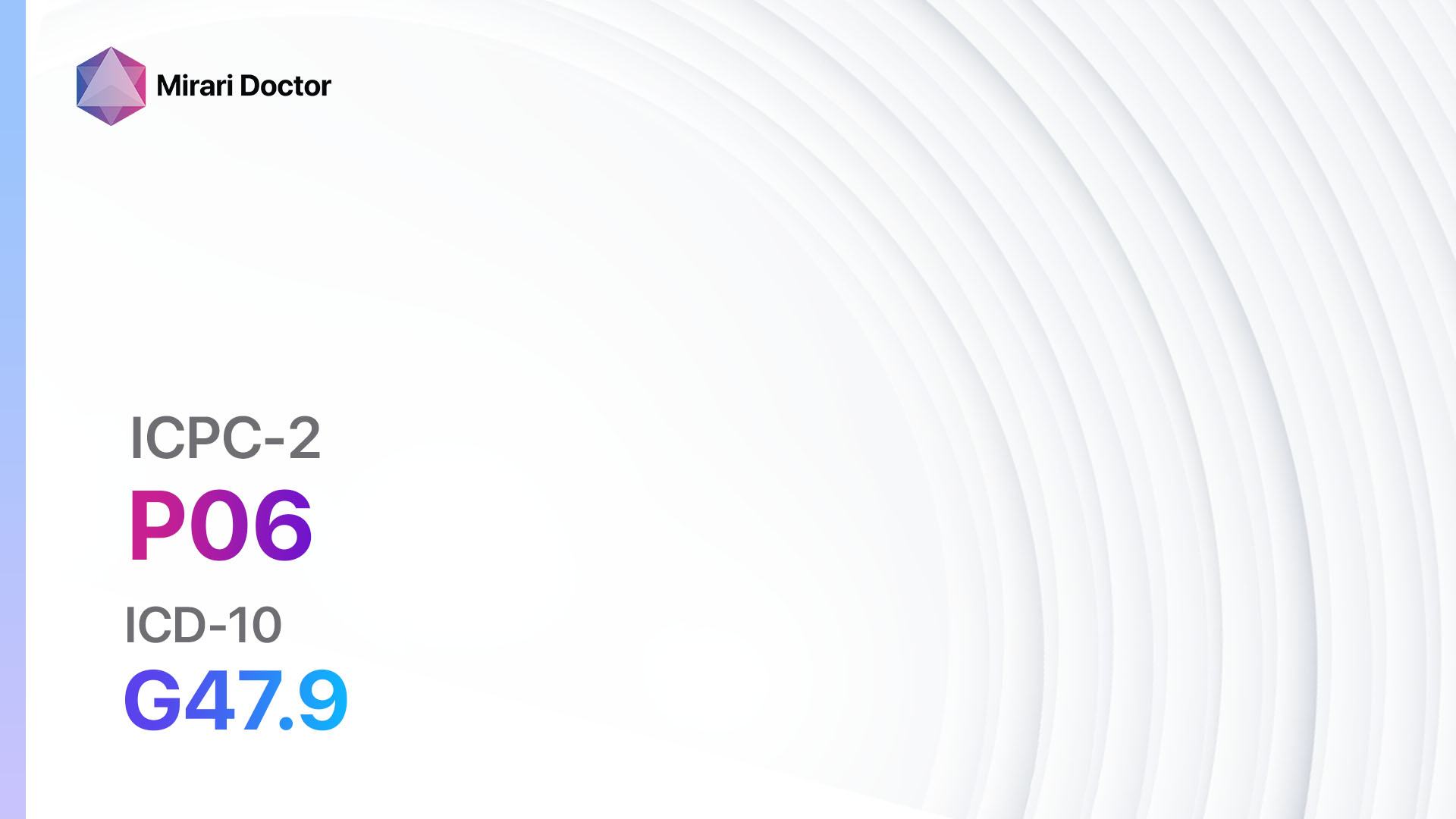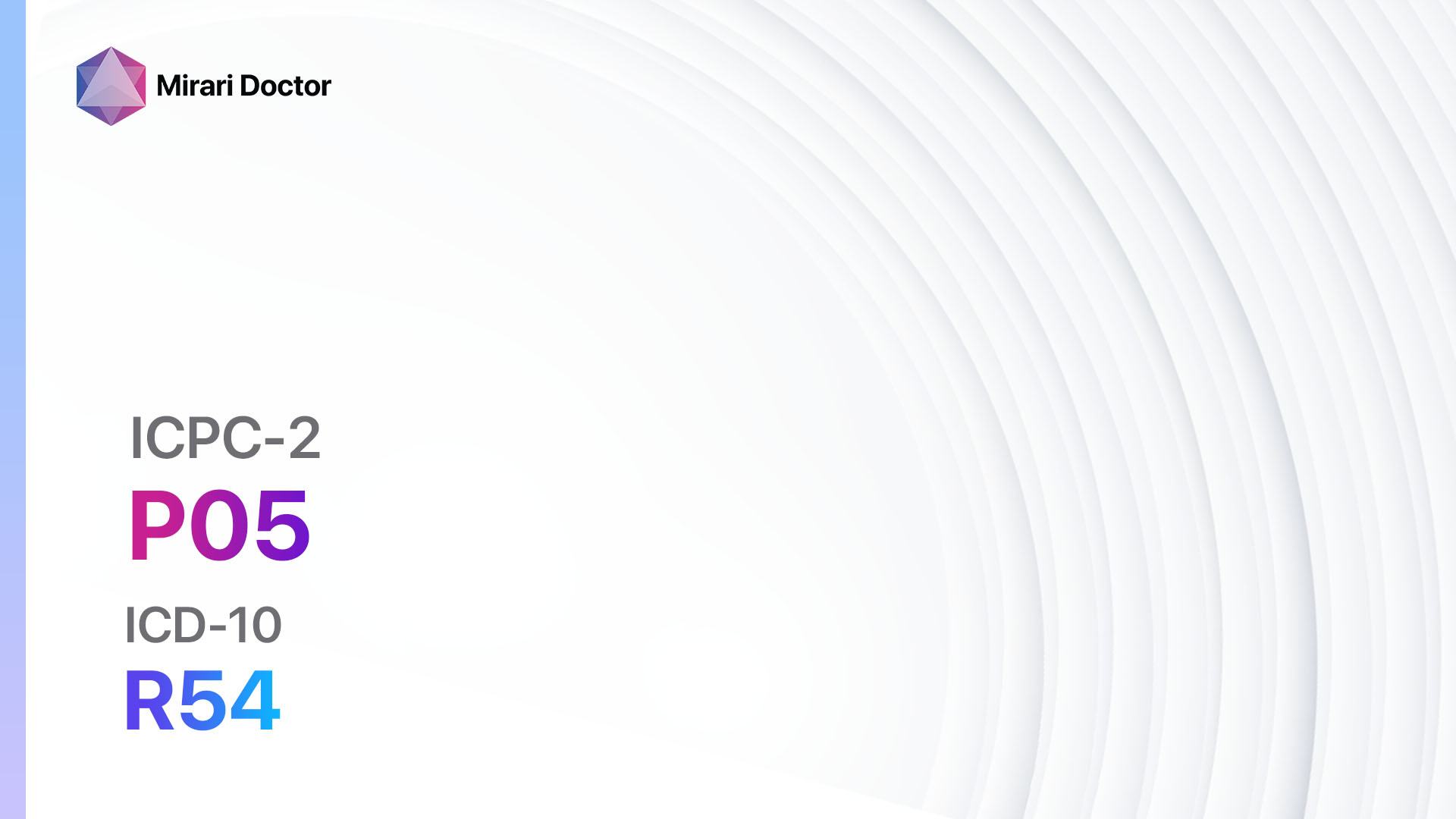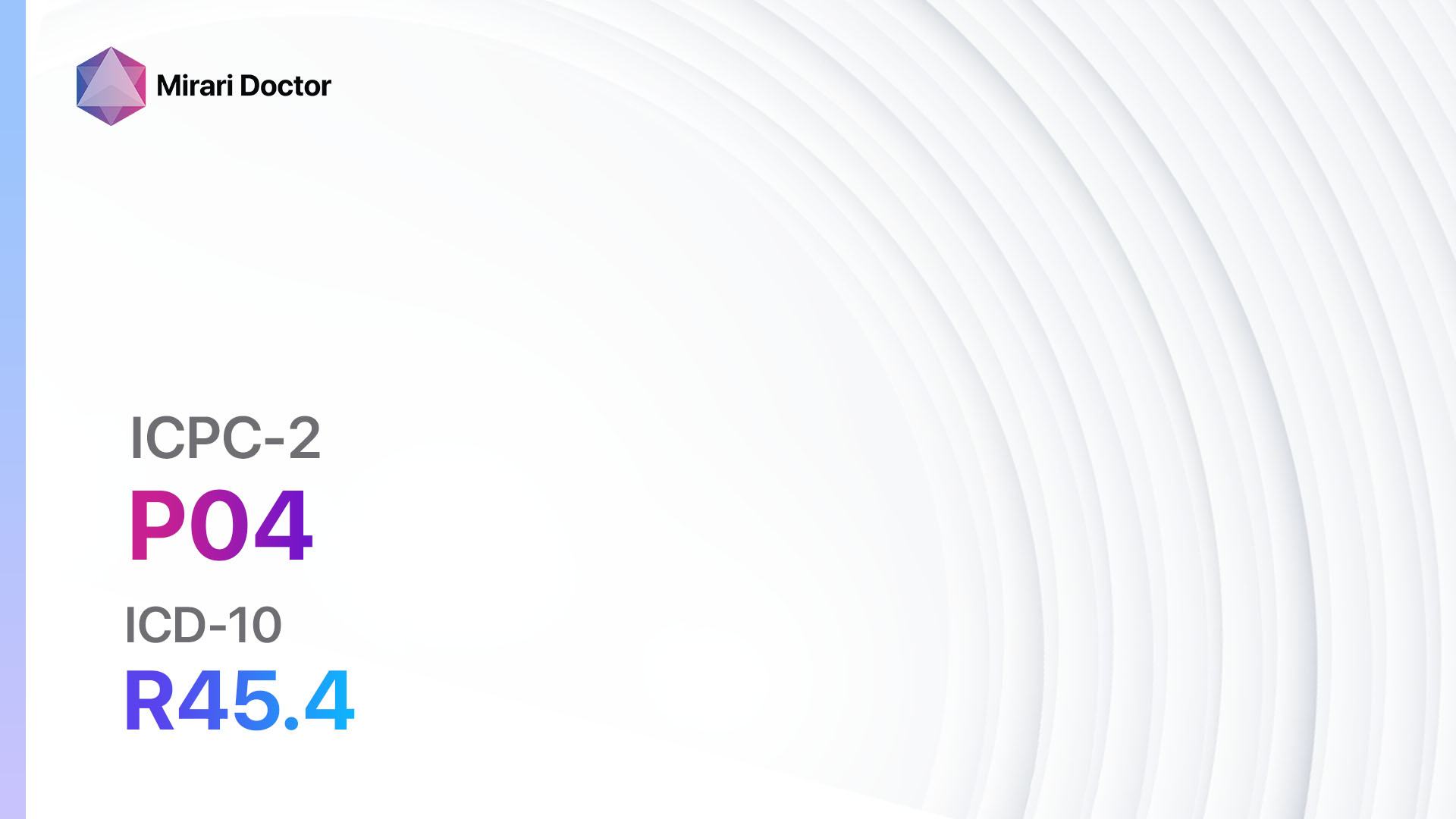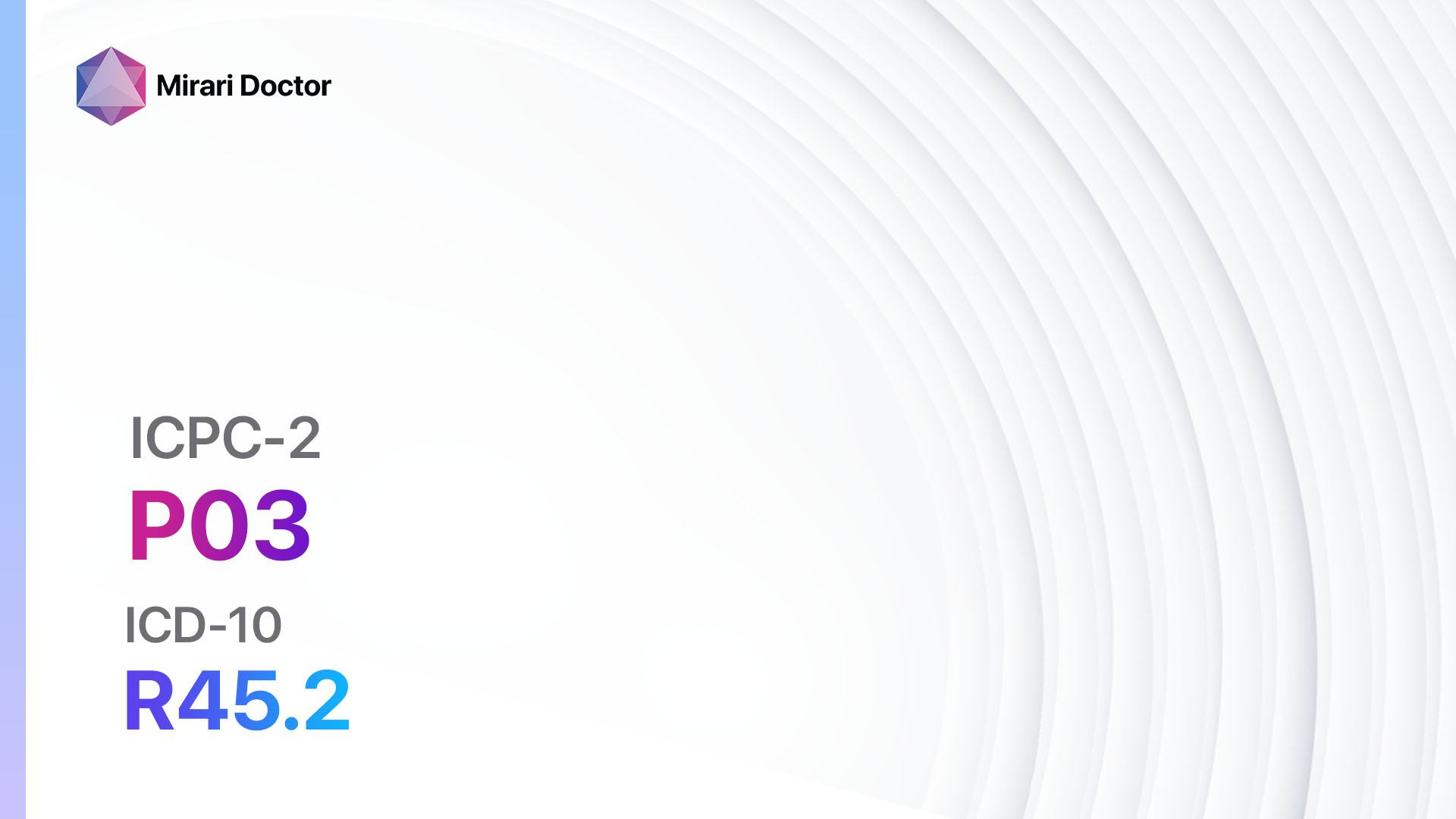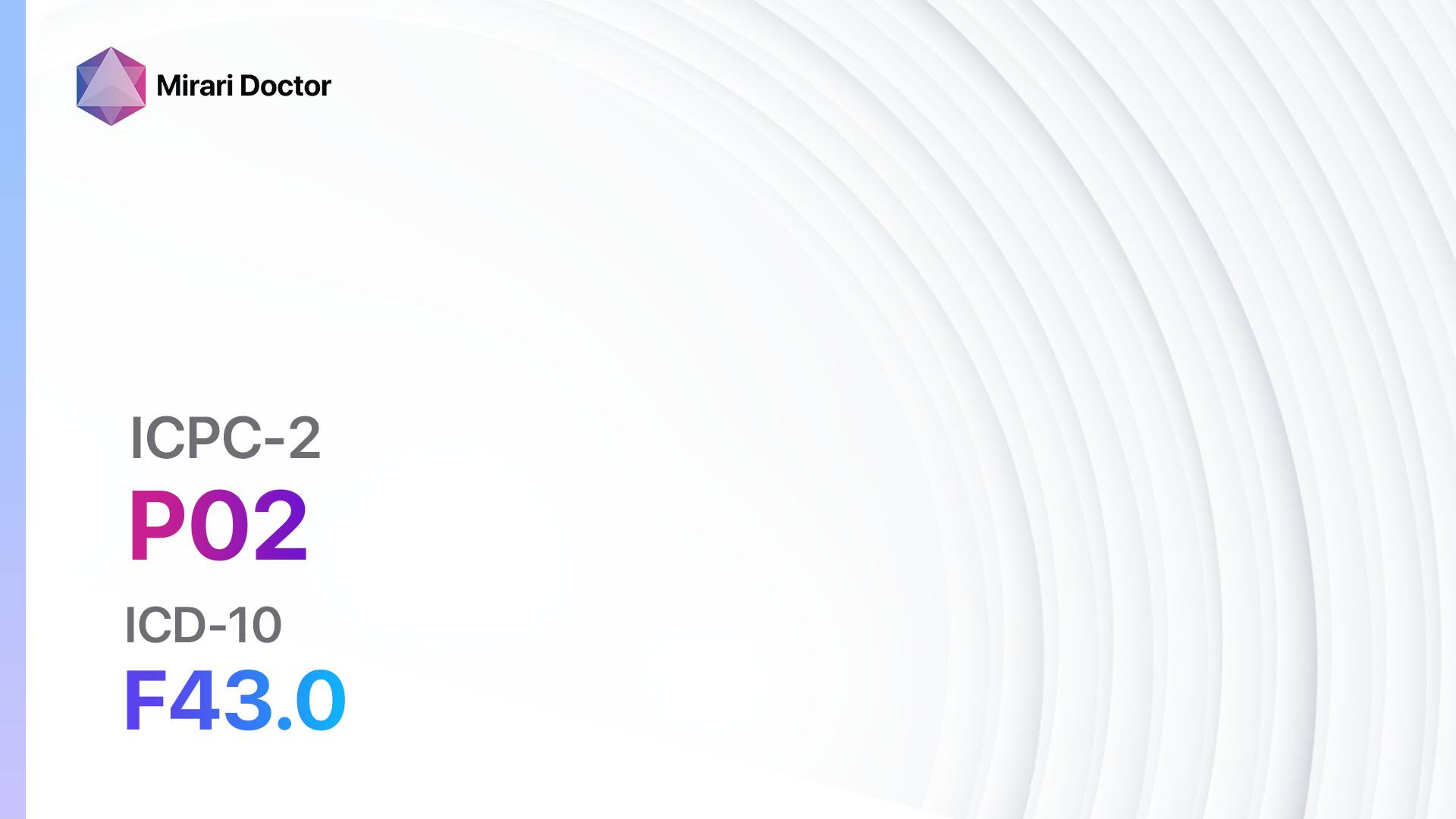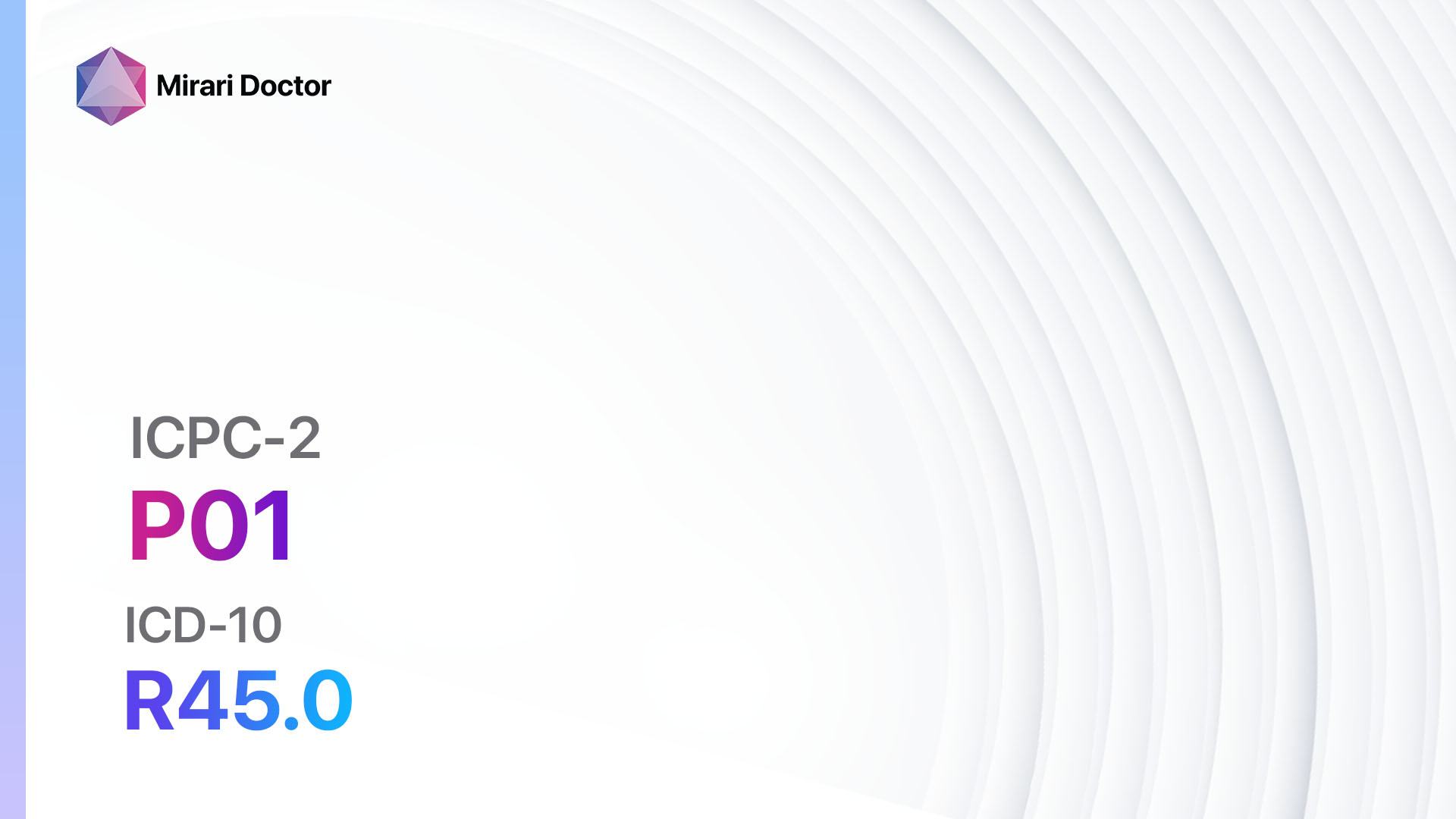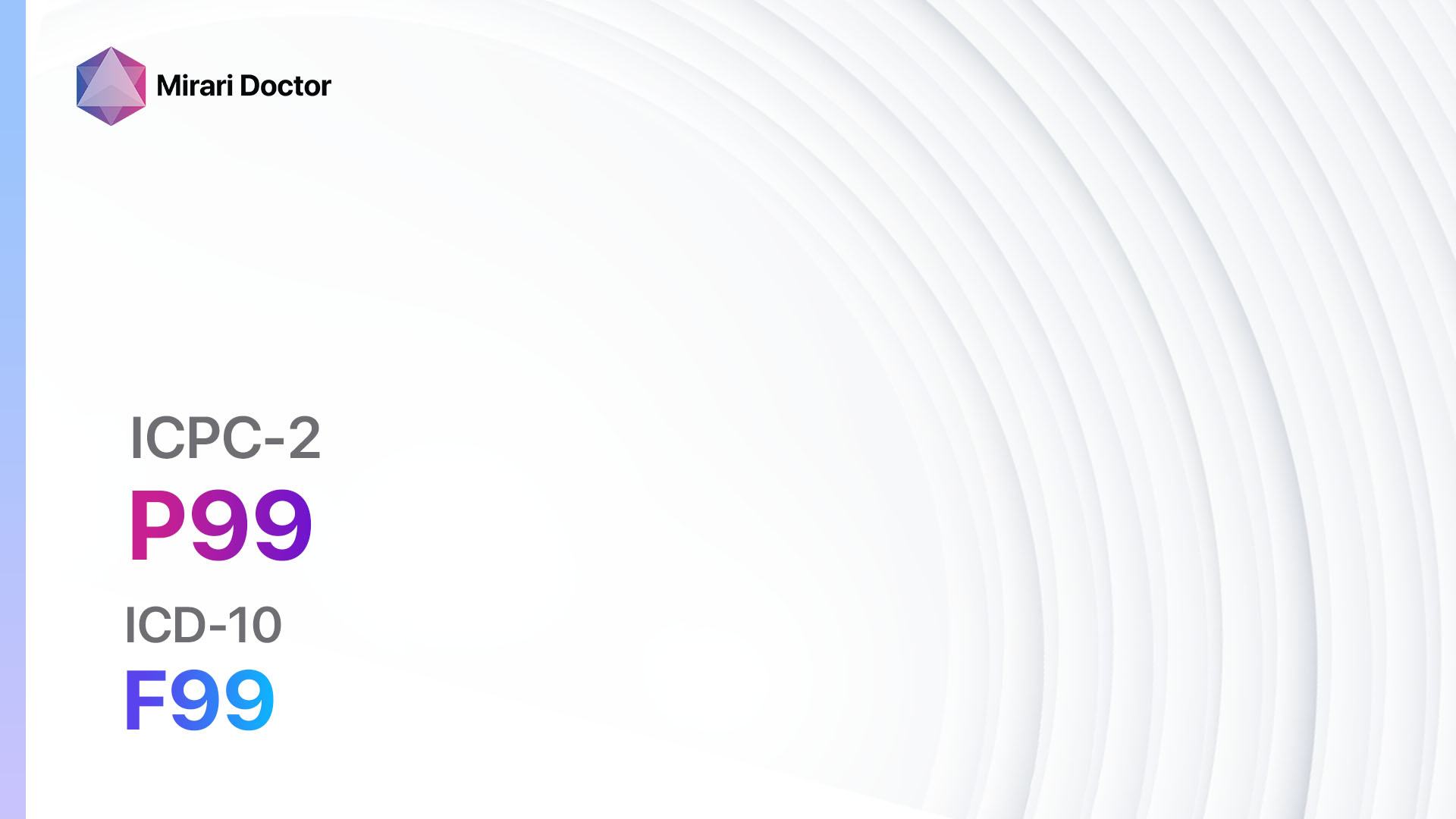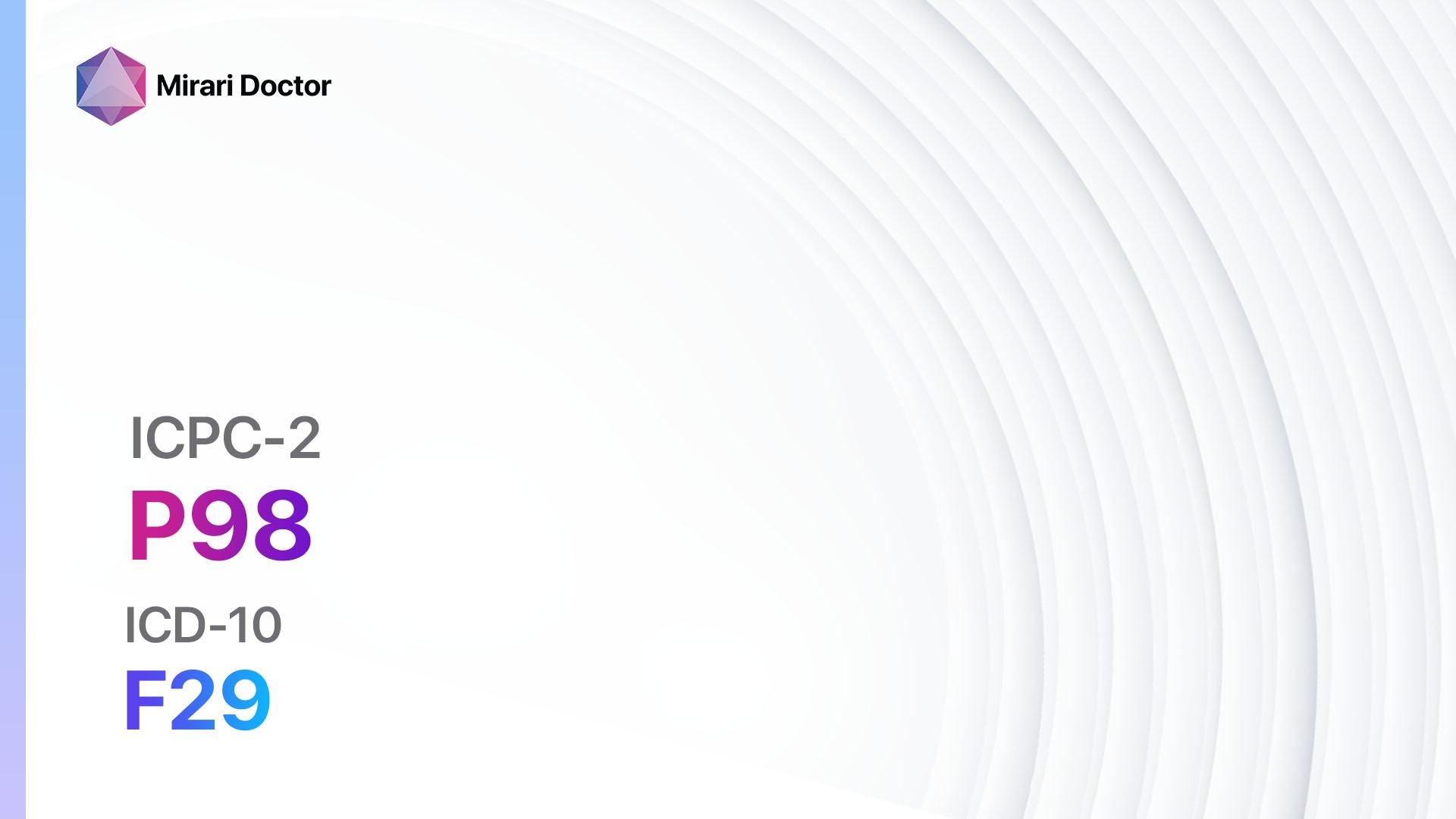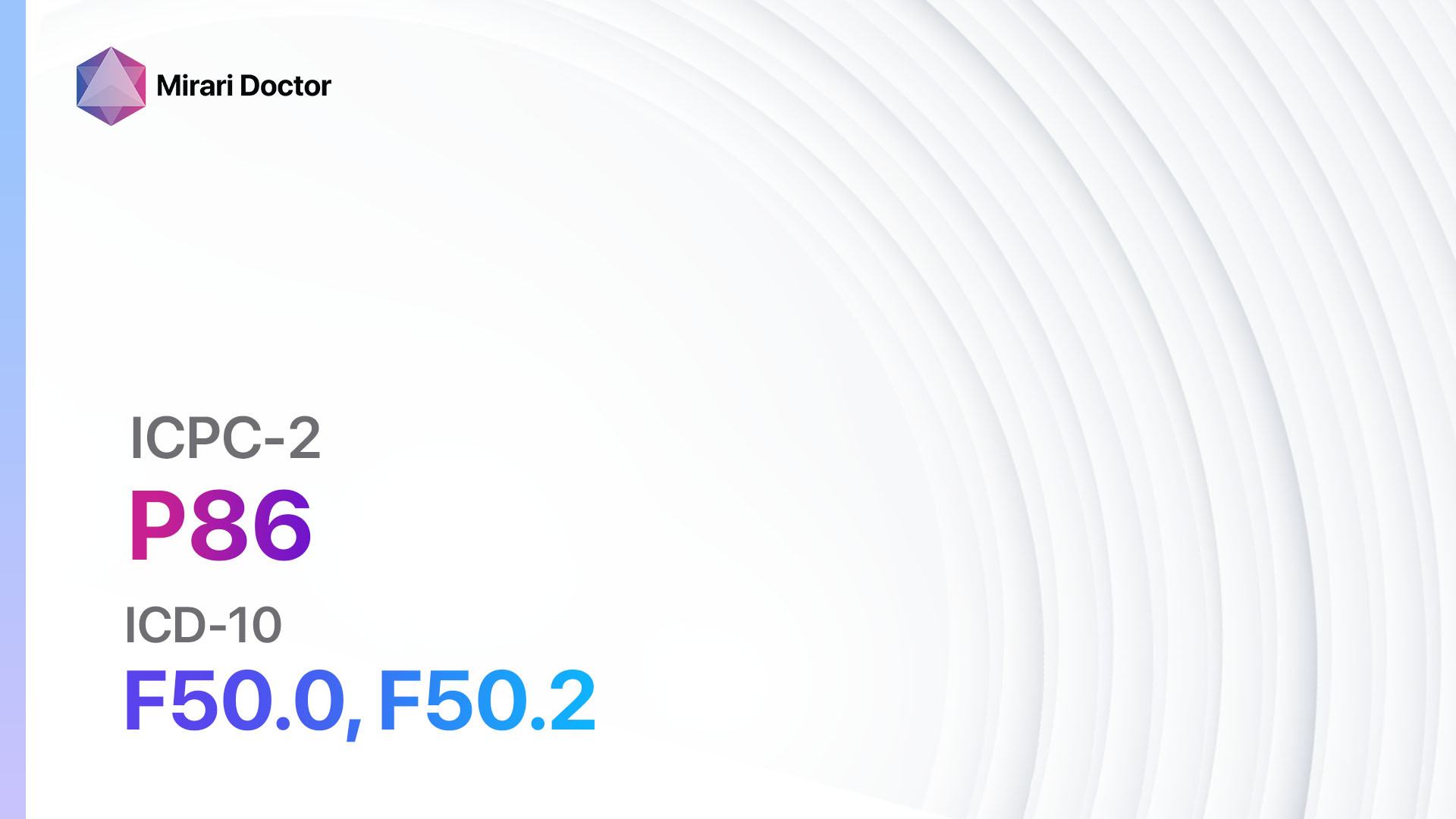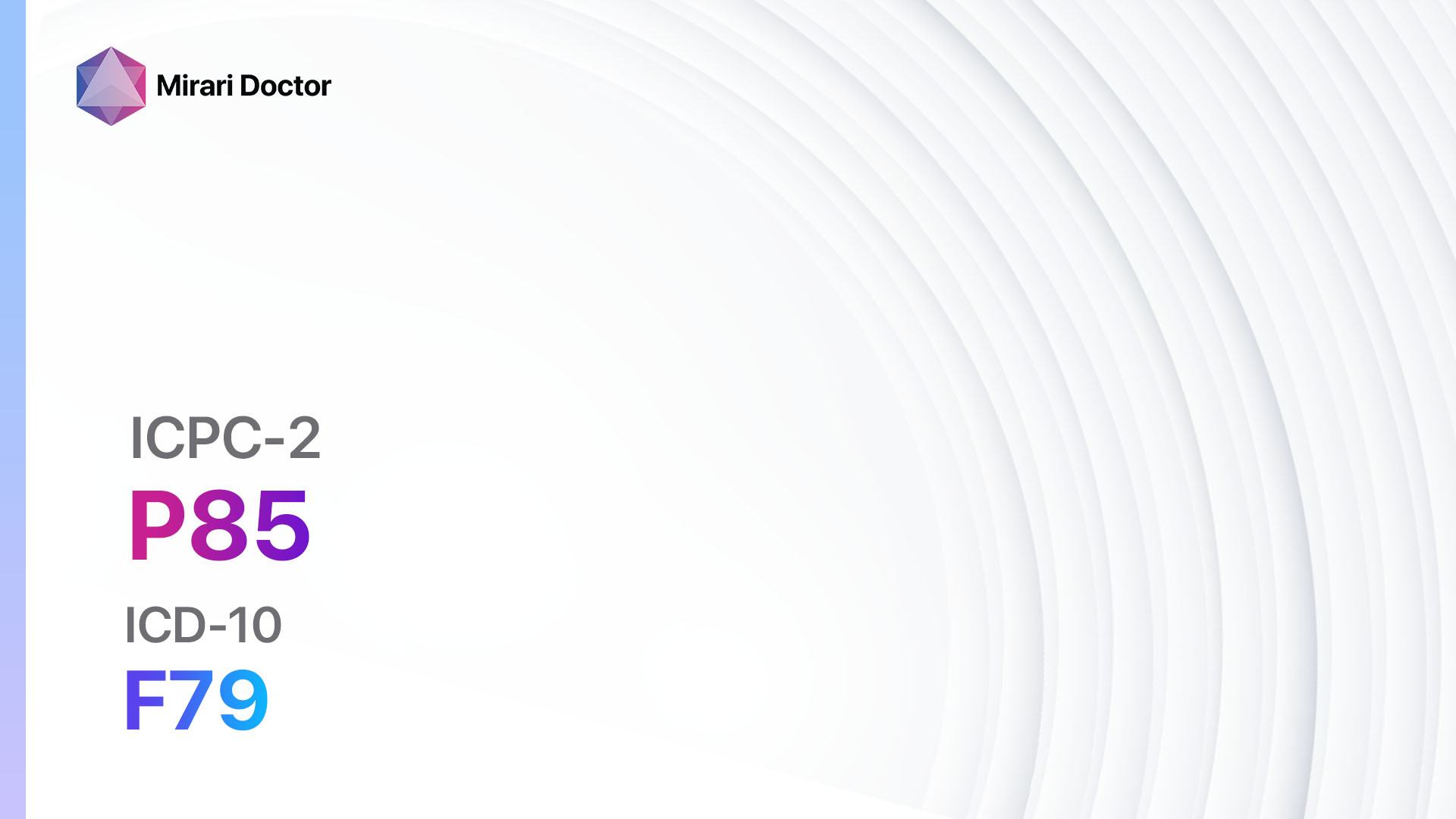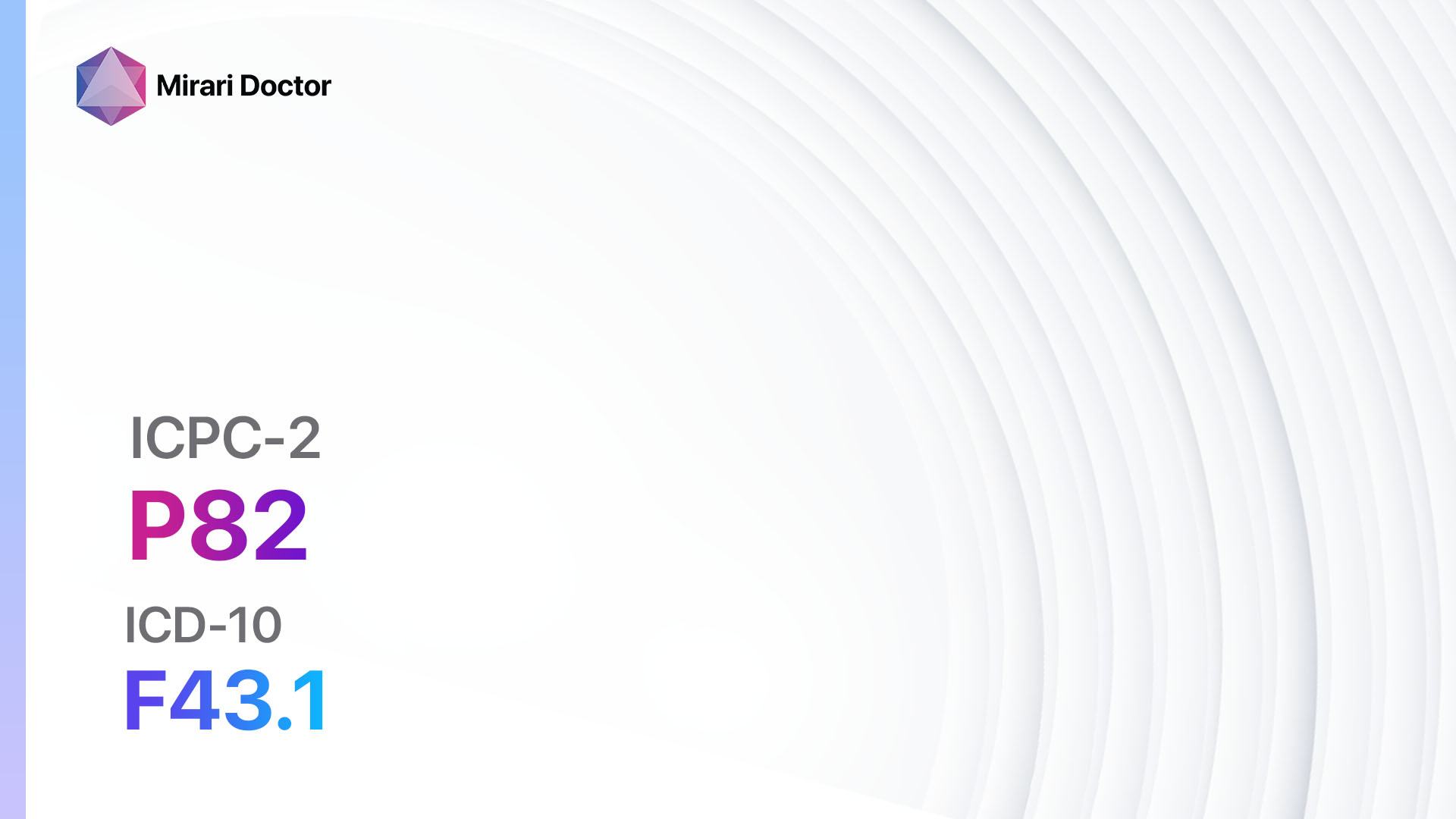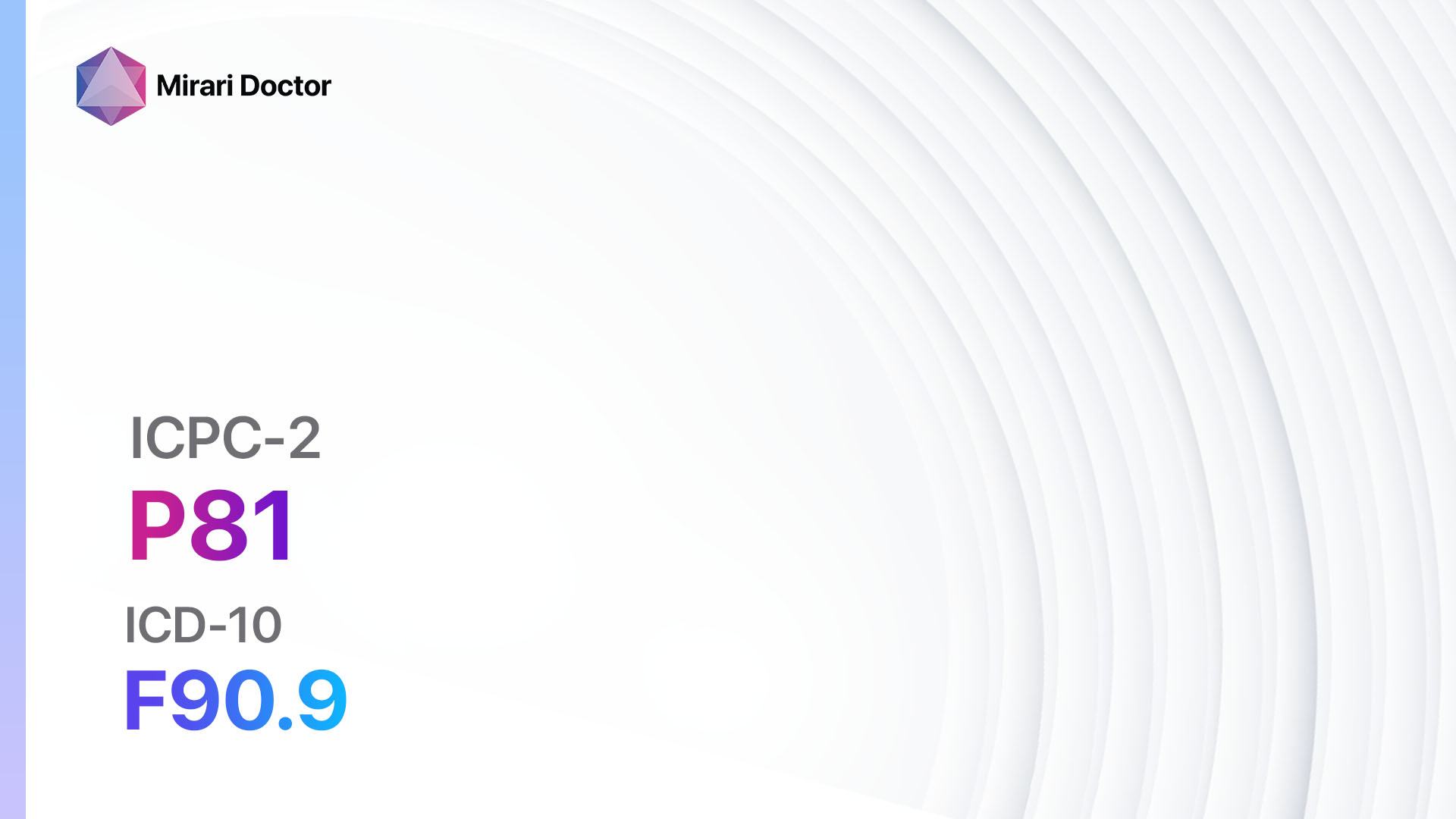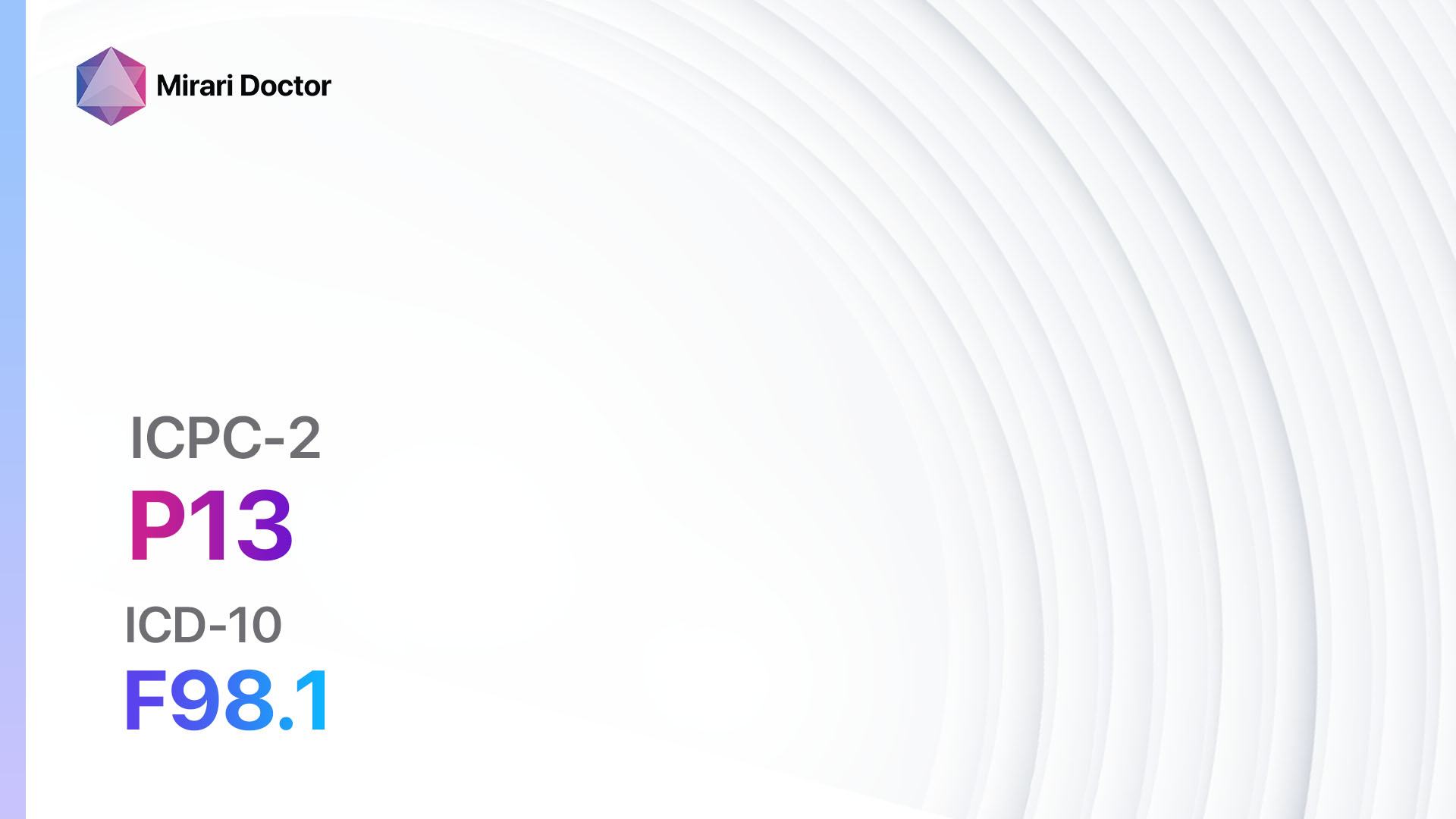
Introduction
Encopresis, also known as bowel training problem, is a condition characterized by the involuntary passage of stool in children who are beyond the age of expected bowel control. It can be a distressing and embarrassing problem for both the child and their family.[1] The aim of this guide is to provide a comprehensive overview of the symptoms, causes, diagnostic steps, possible interventions, and lifestyle interventions for encopresis.
Codes
Symptoms
- Soiling of underwear or clothing with stool, often accompanied by a foul odor
- Frequent episodes of constipation or difficulty passing stool
- Abdominal pain or discomfort
- Loss of appetite
- Withholding behavior, such as avoiding using the toilet or hiding to pass stool[3]
Causes
- Chronic constipation: This is the most common cause of encopresis. When stool builds up in the colon, it can lead to stretching and weakening of the rectum, making it difficult for the child to sense the urge to have a bowel movement.[4]
- Emotional or psychological factors: Stress, anxiety, or traumatic events can contribute to encopresis by causing the child to withhold stool.
- Physical abnormalities: Rarely, structural abnormalities in the colon or rectum can contribute to encopresis.[5]
Diagnostic Steps
Medical History
- Gather information about the child’s bowel habits, including frequency, consistency, and any difficulties or pain experienced during bowel movements.
- Ask about any recent stressful events or changes in the child’s life that may be contributing to the problem.
- Inquire about the child’s diet, fluid intake, and physical activity levels.
- Assess for any family history of bowel problems or encopresis.[6]
Physical Examination
- Perform a thorough abdominal examination to assess for any signs of distension or tenderness.
- Inspect the perianal area for signs of irritation or skin breakdown.
- Perform a digital rectal examination to assess for the presence of impacted stool or any anatomical abnormalities.[7]
Laboratory Tests
- Stool analysis: A stool sample may be collected to rule out any underlying infections or other abnormalities.
- Blood tests: Blood tests may be ordered to assess for any underlying medical conditions, such as thyroid dysfunction or celiac disease, that may be contributing to the problem[8].
Diagnostic Imaging
- Abdominal X-ray: An X-ray may be performed to assess for the presence of impacted stool or any structural abnormalities in the colon or rectum.
- Barium enema: In some cases, a barium enema may be recommended to provide a more detailed visualization of the colon and rectum.[9]
Other Tests
- Anorectal manometry: This test measures the pressure and sensation in the rectum and can help determine if there are any abnormalities contributing to the problem.
- Colonic transit study: This test assesses the movement of stool through the colon and can help identify any areas of slow transit or obstruction.[10]
Follow-up and Patient Education
- Schedule regular follow-up appointments to monitor progress and adjust treatment as needed.
- Provide education to the child and their family about the importance of regular bowel movements, proper toilet habits, and the role of diet and fluid intake in maintaining healthy bowel function.
- Offer support and reassurance to the child and their family, as encopresis can be a challenging and frustrating condition to manage.
Possible Interventions
Traditional Interventions
Medications:
Top 5 drugs for Encopresis/bowel training problem:
- Polyethylene glycol (PEG):
- Cost: $10-$50/month.
- Contraindications: Hypersensitivity to PEG.
- Side effects: Abdominal bloating, diarrhea.
- Severe side effects: Allergic reactions.
- Drug interactions: None reported.
- Warning: Ensure adequate fluid intake while taking PEG.
- Lactulose:
- Cost: $10-$30/month.
- Contraindications: Galactosemia, intestinal obstruction.
- Side effects: Abdominal cramps, diarrhea.
- Severe side effects: None reported.
- Drug interactions: None reported.
- Warning: Monitor electrolyte levels during treatment.
- Stimulant laxatives (e.g., Senna, Bisacodyl):
- Cost: $5-$20/month.
- Contraindications: Intestinal obstruction, acute abdominal pain.
- Side effects: Abdominal cramps, diarrhea.
- Severe side effects: None reported.
- Drug interactions: None reported.
- Warning: Short-term use recommended.
- Stool softeners (e.g., Docusate sodium):
- Cost: $5-$15/month.
- Contraindications: Intestinal obstruction.
- Side effects: Abdominal cramps, diarrhea.
- Severe side effects: None reported.
- Drug interactions: None reported.
- Warning: Long-term use may lead to dependence.
- Probiotics:
- Cost: $10-$30/month.
- Contraindications: None reported.
- Side effects: None reported.
- Severe side effects: None reported.
- Drug interactions: None reported.
- Warning: Choose a reputable brand with evidence-based strains.
Alternative Drugs:
- Mineral oil: Lubricates the stool and helps ease passage. Cost: $5-$15/month.
- Bisacodyl suppositories: Stimulate bowel movements. Cost: $5-$20/month.
- Magnesium citrate: Osmotic laxative that draws water into the colon. Cost: $5-$10/month.
- Senna tea: Herbal laxative that stimulates bowel movements. Cost: $5-$10/month.
- Psyllium husk: Fiber supplement that promotes regular bowel movements. Cost: $10-$20/month.
Surgical Procedures
In rare cases where traditional interventions have failed, surgical intervention may be considered. These procedures aim to correct any anatomical abnormalities or remove impacted stool.
- Rectal cleanout: Under general anesthesia, the rectum is manually emptied of impacted stool.
- Sphincteroplasty: Surgical repair of the anal sphincter muscles to improve bowel control.
- Colostomy: In severe cases, a temporary or permanent colostomy may be performed to divert stool away from the rectum.
Alternative Interventions
- Behavioral therapy: This may involve techniques such as positive reinforcement, scheduled toileting, and biofeedback to help the child develop regular bowel habits. Cost: $50-$150 per session.
- Hypnotherapy: Hypnosis techniques may be used to help reduce anxiety and promote relaxation during bowel movements. Cost: $100-$200 per session.
- Acupuncture: May help improve bowel function and reduce stress. Cost: $60-$120 per session.
- Herbal supplements: Certain herbs, such as aloe vera and slippery elm, may have potential benefits for improving bowel function. Cost: Varies depending on the specific supplement.
- Dietary modifications: Increasing fiber intake, drinking plenty of fluids, and avoiding constipating foods may help improve bowel function. Cost: Varies depending on food choices.
Lifestyle Interventions
- Encourage regular physical activity, as exercise can help stimulate bowel movements.
- Establish a consistent toileting routine, with scheduled times for sitting on the toilet.
- Provide a supportive and understanding environment for the child, avoiding punishment or shaming for accidents.
- Ensure the child has access to a comfortable and child-friendly toilet environment.
- Educate the child and their family about the importance of proper toilet posture and relaxation techniques during bowel movements.
It is important to note that the cost ranges provided are approximate and may vary depending on the location and availability of the interventions. It is recommended to consult with a healthcare professional for personalized recommendations and to discuss the potential risks and benefits of each intervention.
Mirari Cold Plasma Alternative Intervention
Understanding Mirari Cold Plasma
- Safe and Non-Invasive Treatment: Mirari Cold Plasma is a safe and non-invasive treatment option for various skin conditions. It does not require incisions, minimizing the risk of scarring, bleeding, or tissue damage.
- Efficient Extraction of Foreign Bodies: Mirari Cold Plasma facilitates the removal of foreign bodies from the skin by degrading and dissociating organic matter, allowing easier access and extraction.
- Pain Reduction and Comfort: Mirari Cold Plasma has a local analgesic effect, providing pain relief during the treatment, making it more comfortable for the patient.
- Reduced Risk of Infection: Mirari Cold Plasma has antimicrobial properties, effectively killing bacteria and reducing the risk of infection.
- Accelerated Healing and Minimal Scarring: Mirari Cold Plasma stimulates wound healing and tissue regeneration, reducing healing time and minimizing the formation of scars.
Mirari Cold Plasma Prescription
Video instructions for using Mirari Cold Plasma Device – P13 Encopresis/bowel training problem (ICD-10:F98.1)
| Mild | Moderate | Severe |
| Mode setting: 6 (Liver/Kidney Therapy) Location: 2 (Prostate & Uterus) Morning: 15 minutes, Evening: 15 minutes |
Mode setting: 6 (Liver/Kidney Therapy) Location: 2 (Prostate & Uterus) Morning: 30 minutes, Lunch: 30 minutes, Evening: 30 minutes |
Mode setting: 6 (Liver/Kidney Therapy) Location: 2 (Prostate & Uterus) Morning: 30 minutes, Lunch: 30 minutes, Evening: 30 minutes |
| Mode setting: 7 (Immunotherapy) Location: 7 (Neuro system & ENT) Morning: 15 minutes, Evening: 15 minutes |
Mode setting: 7 (Immunotherapy) Location: 7 (Neuro system & ENT) Morning: 30 minutes, Lunch: 30 minutes, Evening: 30 minutes |
Mode setting: 7 (Immunotherapy) Location: 7 (Neuro system & ENT) Morning: 30 minutes, Lunch: 30 minutes, Evening: 30 minutes |
| Total Morning: 30 minutes approx. $5 USD, Evening: 30 minutes approx. $5 USD |
Total Morning: 60 minutes approx. $10 USD, Lunch: 60 minutes approx. $10 USD, Evening: 60 minutes approx. $10 USD, |
Total Morning: 60 minutes approx. $10 USD, Lunch: 60 minutes approx. $10 USD, Evening: 60 minutes approx. $10 USD, |
| Usual treatment for 7-60 days approx. $70 USD – $600 USD | Usual treatment for 6-8 weeks approx. $1,260 USD – $1,680 USD |
Usual treatment for 3-6 months approx. $2,700 USD – $5,400 USD
|
 |
|
Use the Mirari Cold Plasma device to treat Encopresis/bowel training problem effectively.
WARNING: MIRARI COLD PLASMA IS DESIGNED FOR THE HUMAN BODY WITHOUT ANY ARTIFICIAL OR THIRD PARTY PRODUCTS. USE OF OTHER PRODUCTS IN COMBINATION WITH MIRARI COLD PLASMA MAY CAUSE UNPREDICTABLE EFFECTS, HARM OR INJURY. PLEASE CONSULT A MEDICAL PROFESSIONAL BEFORE COMBINING ANY OTHER PRODUCTS WITH USE OF MIRARI.
Step 1: Cleanse the Skin
- Start by cleaning the affected area of the skin with a gentle cleanser or mild soap and water. Gently pat the area dry with a clean towel.
Step 2: Prepare the Mirari Cold Plasma device
- Ensure that the Mirari Cold Plasma device is fully charged or has fresh batteries as per the manufacturer’s instructions. Make sure the device is clean and in good working condition.
- Switch on the Mirari device using the power button or by following the specific instructions provided with the device.
- Some Mirari devices may have adjustable settings for intensity or treatment duration. Follow the manufacturer’s instructions to select the appropriate settings based on your needs and the recommended guidelines.
Step 3: Apply the Device
- Place the Mirari device in direct contact with the affected area of the skin. Gently glide or hold the device over the skin surface, ensuring even coverage of the area experiencing.
- Slowly move the Mirari device in a circular motion or follow a specific pattern as indicated in the user manual. This helps ensure thorough treatment coverage.
Step 4: Monitor and Assess:
- Keep track of your progress and evaluate the effectiveness of the Mirari device in managing your Encopresis/bowel training problem. If you have any concerns or notice any adverse reactions, consult with your health care professional.
Note
This guide is for informational purposes only and should not replace the advice of a medical professional. Always consult with your healthcare provider or a qualified medical professional for personal advice, diagnosis, or treatment. Do not solely rely on the information presented here for decisions about your health. Use of this information is at your own risk. The authors of this guide, nor any associated entities or platforms, are not responsible for any potential adverse effects or outcomes based on the content.
Mirari Cold Plasma System Disclaimer
- Purpose: The Mirari Cold Plasma System is a Class 2 medical device designed for use by trained healthcare professionals. It is registered for use in Thailand and Vietnam. It is not intended for use outside of these locations.
- Informational Use: The content and information provided with the device are for educational and informational purposes only. They are not a substitute for professional medical advice or care.
- Variable Outcomes: While the device is approved for specific uses, individual outcomes can differ. We do not assert or guarantee specific medical outcomes.
- Consultation: Prior to utilizing the device or making decisions based on its content, it is essential to consult with a Certified Mirari Tele-Therapist and your medical healthcare provider regarding specific protocols.
- Liability: By using this device, users are acknowledging and accepting all potential risks. Neither the manufacturer nor the distributor will be held accountable for any adverse reactions, injuries, or damages stemming from its use.
- Geographical Availability: This device has received approval for designated purposes by the Thai and Vietnam FDA. As of now, outside of Thailand and Vietnam, the Mirari Cold Plasma System is not available for purchase or use.
References
- Philichi L. Management of childhood functional constipation. J Pediatr Health Care. 2018;32(1):103-111.
- World Health Organization. ICD-10: International statistical classification of diseases and related health problems. 10th revision, 2nd ed. World Health Organization; 2004.
- Rajindrajith S, Devanarayana NM, Benninga MA. Constipation-associated and nonretentive fecal incontinence in children and adolescents: an epidemiological survey in Sri Lanka. J Pediatr Gastroenterol Nutr. 2010;51(4):472-476.
- Tabbers MM, DiLorenzo C, Berger MY, et al. Evaluation and treatment of functional constipation in infants and children: evidence-based recommendations from ESPGHAN and NASPGHAN. J Pediatr Gastroenterol Nutr. 2014;58(2):258-274.
- Bongers ME, Tabbers MM, Benninga MA. Functional nonretentive fecal incontinence in children. J Pediatr Gastroenterol Nutr. 2007;44(1):5-13.
- Loening-Baucke V. Prevalence rates for constipation and faecal and urinary incontinence. Arch Dis Child. 2007;92(6):486-489.
- Nurko S, Scott SM. Coexistence of constipation and incontinence in children and adults. Best Pract Res Clin Gastroenterol. 2011;25(1):29-41.
- Koppen IJ, Lammers LA, Benninga MA, Tabbers MM. Management of functional constipation in children: Therapy in practice. Paediatr Drugs. 2015;17(5):349-360.
- Levine MD, Bakow H. Children with encopresis: A study of treatment outcome. Pediatrics. 1976;58(6):845-852.
- van der Plas RN, Benninga MA, Büller HA, et al. Biofeedback training in treatment of childhood constipation: a randomised controlled study. Lancet. 1996;348(9030):776-780.
Related articles
Made in USA


